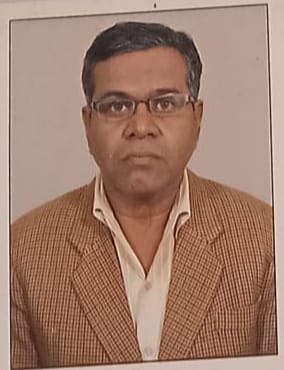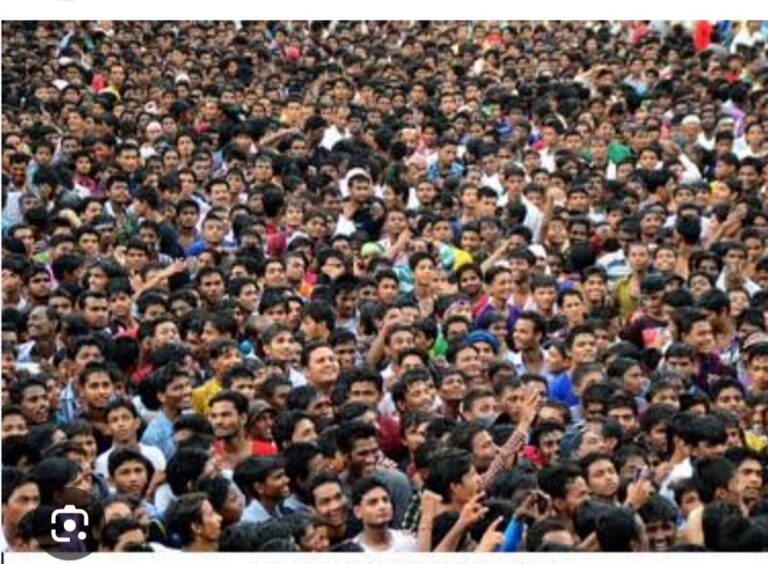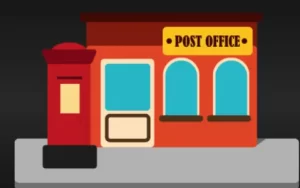![]()
In recent times, crowds are increasingly transforming into furious mobs, manifesting destructive tendencies and irrational behavior. This phenomenon can be understood through the lens of human psychology, behavior, social media influence, and ecological stress.
From a psychological standpoint, humans possess a “herd mentality,” which often drives individuals to conform to the emotions and actions of a group. This is particularly visible in mob behavior, where individual moral compasses are overridden by collective aggression. Anonymity within crowds diminishes personal responsibility, fostering impulsive and destructive actions. Social psychologist Gustave Le Bon’s theory of crowd behavior highlights how individual thinking is often submerged in collective impulses, leading to irrational actions.
Social media amplifies this behavior. In the digital age, platforms act as accelerants, fanning the flames of outrage through algorithms designed to reward sensationalism and extreme opinions. Misinformation spreads quickly, igniting strong emotions that often spill over into real-world violence. The lack of face-to-face interaction on social media diminishes empathy and encourages aggressive behavior, heightening mob-like tendencies.
The philosophy of human nature also suggests an inherent duality in behavior—humans are capable of both cooperation and conflict. When social, political, or economic stressors peak, frustration and anger find expression through mob violence.
Ecologically, deteriorating environments contribute to mental health challenges. Rising pollution levels, climate change, and urban crowding can increase stress, anxiety, and aggression. Studies have shown that exposure to environmental toxins, noise, and lack of green spaces negatively affect human behavior, pushing individuals toward more aggressive and impulsive actions.
In sum, the fusion of human psychology, the rapid spread of information through social media, philosophical tendencies, and ecological stressors contribute to the increasing trend of mobs behaving destructively. Addressing these factors collectively could help mitigate such behavior in the future.
Social Media can Instigate Human Behaviour
*A crowd can convert into a mob when*
*Emotions override rational thinking: When emotions like anger, fear, or excitement become intense, individuals may lose control and act impulsively*
*Groupthink takes over: When a group prioritizes consensus over critical thinking, it can lead to irrational decisions and a mob mentality*
*Anonymity and deindividuation occur: When individuals feel anonymous in a crowd, they may shed their personal identities and inhibitions, leading to a loss of self-awareness and accountability*
*A trigger or catalyst emerges: A provocative event, rumor, or leader can spark a crowd’s emotions and transform it into a mob*
*Social norms and boundaries are disrupted: When social norms and boundaries are unclear or absent, a crowd may feel a sense of chaos and disorientation, leading to mob behavior*
*Leadership or influence is exploited: Charismatic leaders or influencers can manipulate a crowd’s emotions and direct them toward destructive or violent behavior*
*Fear, misinformation, or panic spreads: When false information or fear spreads rapidly through a crowd, it can create a sense of urgency and lead to mob behavior*
Remember, a mob mentality can be dangerous and destructive. It’s essential to recognize the signs and promote critical thinking, empathy, and responsible behavior.







